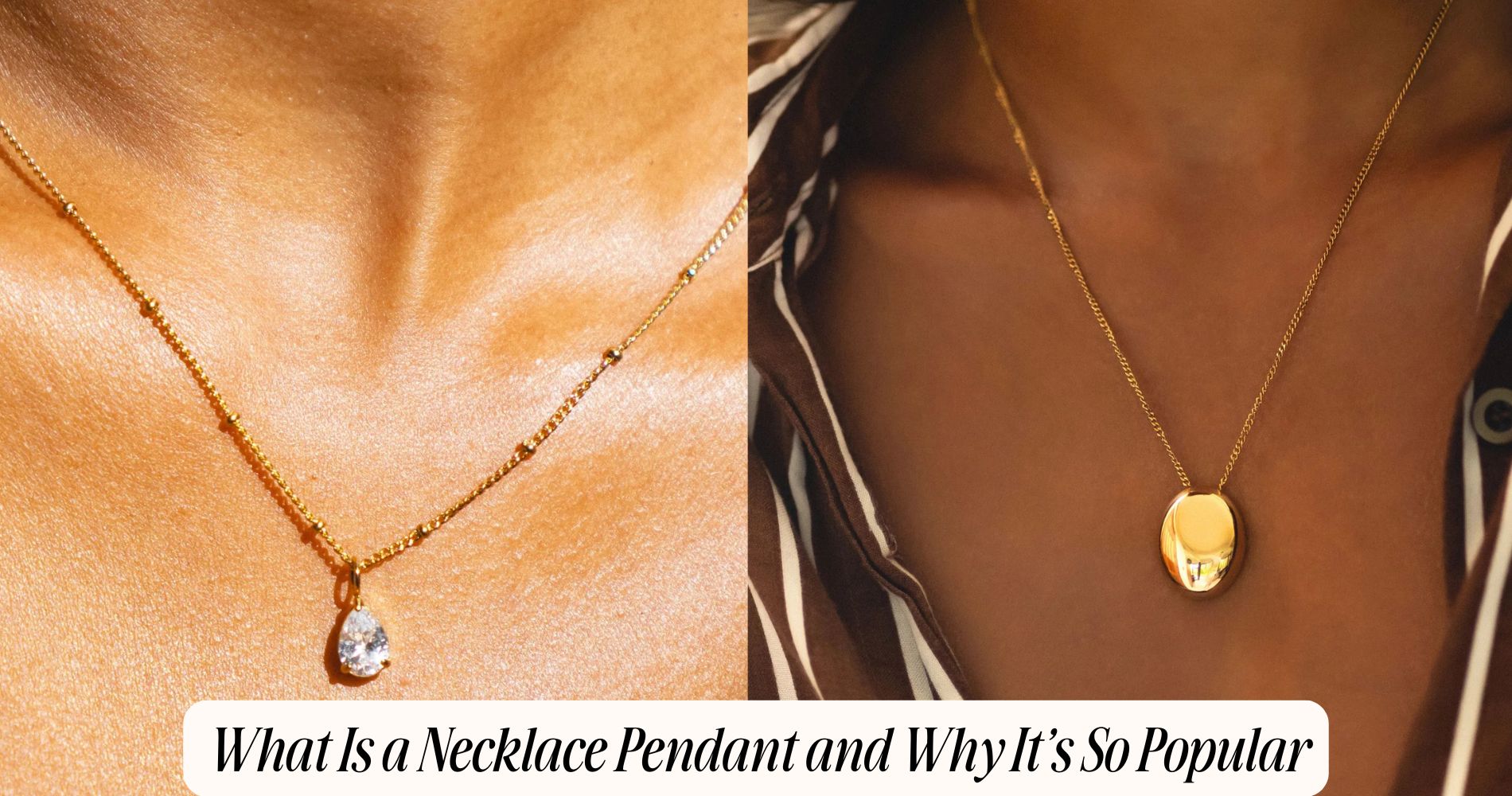
What Is a Necklace Pendant and Why It’s So Popular
If you’ve ever wondered what is a necklace pendant, it’s the suspended focal element on a chain—an engineered ornament defined by its bail, suspension design, weight, and balance. You’ll often find pendants crafted in alloys like 14k gold or platinum, featuring pavé settings, intaglios, or ethically sourced gemstones with verified provenance. They remain popular because they blend identity and heritage with effortless personalization—think initials, birthstones, or protective talismans—suited for both daily wear and special occasions. Explore our Long Pendant Necklace collection to discover pieces that beautifully express timeless style and meaning. With the right chain length, finish, and care, your pendant will shine with lasting brilliance.
Defining the Pendant: How It Differs From Charms and Lockets
Although the terms are often conflated in retail copy, a pendant is a discrete, suspended ornament engineered to hang from a chain, cord, or bale, whereas a charm is a diminutive adjunct typically affixed to a bracelet via a jump ring, and a locket is a hinged, hollow pendant designed to house a photograph or memento.
You evaluate pendant types by suspension architecture, mass, and balance: solitaire settings, medallions, enhancers with hinged bales, sliders, drops, and talismanic seals.
You’ll assess design variations in alloys, surface finishes, and stone-mounting styles—bezel, prong, pavé, gypsy, or channel—chosen to protect gemstones’ girdles and optimize brilliance.
Verify hallmarking, assay marks, and maker’s stamps to establish provenance.
Distinguish charms by scale and articulation; distinguish lockets by engineered cavities and closure integrity.
A Brief History of Pendants Across Cultures
While pendants read as simple suspended ornaments, their lineage spans Paleolithic amulets to high-jewelry medallions, each era encoding function, material science, and belief.
You trace ancient origins in drilled shell and bone talismans, then in Mesopotamian cylinder seals worn on cords for identity and protection. Egyptian cartouches, faience scarabs, and inlaid pectorals signal cultural significance, metallurgy, and lapidary control.
In the Aegean, granulation and filigree elevate gold pendants; in the Indus, steatite and carnelian showcase bead drilling precision. Classical cameos, Roman intaglios, and Byzantine enkolpia pair iconography with devotional use.
Across the Silk Road, nephrite-jade and turquoise denote rank and trade routes. West African goldweights, Mesoamerican jadeite pectorals, and Islamic rock crystal attest to provenance, technique, and symbolic semantics.
Popular Pendant Styles You’ll See Everywhere
From pavé-set solitaires to talismanic medallions, today’s most-worn pendants distill recognizable typologies with clear material cues, manufacturing methods, and provenance signals.
You’ll spot bezel-set round brilliants, halo drops, and prong-mounted pear shapes—classic diamond vocabulary adapted into trending designs.
Lockets return with hinge integrity and engravable cartouches, while signet-style medallions carry heraldic iconography and mint-like relief.
Bar pendants and initial glyphs offer typographic minimalism; celestial motifs—stars, moons, comets—index astrological narratives.
Gem-set cabochons in calibrated sizes emphasize saturation and evenness, whereas rough crystal points signal mine-to-market authenticity.
Crosses, evil-eye motifs, and horn cornicelli read as apotropaic.
Oversized charms on toggle chains reflect celebrity influences.
You’ll also see kinetic elements—spinner coins, articulated tassels—engineered for durability, balance, and consistent wear orientation.
Materials and Finishes: From Precious Metals to Resin
Because pendant appeal hinges on material integrity, you’ll weigh alloys, surface treatments, and inclusions as closely as silhouette. You’ll assess provenance: recycled gold, conflict-free platinum, or sterling traced to audited mines.
With metal alloys, you balance hardness, tarnish resistance, and color—18k yellow for warm hue, 14k for durability, platinum-iridium for hypoallergenic wear, rhodium-plated white gold for brightness.
Surface finishes matter: high polish amplifies luster; satin and sandblasted textures mute glare; vermeil guarantees thicker gold over silver; PVD coatings outlast electroplate.
Gemological considerations include setting stability and refractive play: bezel vs. prong for stress distribution; pavé requires precise micro-setting.
Alternative media expand vocabulary—resin finishes encapsulate botanicals, pigments, or gold leaf, offering lightweight volume, UV-stabilized clarity, and cost-effective chroma without sacrificing design intent.
Choosing the Right Chain Length and Pairing
Even before you fix a pendant’s silhouette, you calibrate chain length to anatomy, neckline, and weight distribution so the piece hangs at its optical focal point without torque. Measure your sternal notch-to-pendant drop, then select 14–18 in. for clavicle focus, 20–24 in. for décolletage, and 26–30 in. for mid-sternum.
Match bail aperture to chain thickness; verify sufficient inner diameter for frictionless articulation.
Balance mass: a high-carat, bezel-set cabochon needs a sturdier cable or curb, while a pavé medallion sits best on a medium wheat for torsional stability. Confirm clasp tensile strength and solder integrity.
For layering techniques, stagger lengths by 2-inch increments, vary chain geometry (box, rope, figaro), and modulate gauge so heavier pendants anchor lower tiers without visually overpowering finer strands.
Personalization Options: Birthstones, Initials, and Symbols
While trend cycles shift, you can specify enduring meaning through calibrated personalization—selecting birthstones, initials, and iconography with attention to mineralogy, cut, and provenance.
Start with gemstones: align birthstone meanings to your intent, then vet species/variety (e.g., corundum vs. spinel), clarity enhancements, and origin data such as GIA reports and traceable supply chains. Opt for cuts that optimize refractive index and dispersion without sacrificing durability, like bezel-set cabochons for softer gems.
For initials, consider initial significance alongside typographic weight, stroke durability, and metal hardness (14k vs. 18k). Laser engraving and hand chasing offer different line fidelity and patina behavior.
Symbolic motifs—constellations, talismans, heraldic charges—benefit from hallmarked metals, ethically sourced melee, and secure findings, ensuring your pendant’s narrative and material integrity remain aligned.
Styling Tips for Everyday Wear and Special Occasions
For everyday wear and formal ensembles alike, treat your pendant as a calibrated focal point: balance scale (mm dimensions), metal hue, and gemstone optical performance against neckline, skin tone, and ambient lighting.
For everyday layering, stagger chain lengths (40–60 cm) so each pendant’s face-up spread and table size don’t visually collide. Pair warmer complexions with 18k yellow or vermeil; cooler tones favor platinum or rhodium-finished white gold.
Choose low-profile bezels or cabochons for commute-ready comfort; reserve high-crown pavé halos or step-cut solitaires for black-tie clarity under spotlighting.
Optimize occasion versatility by selecting ethically sourced center stones—Ceylon sapphire, Mozambique ruby, or lab-grown diamond—with consistent cut precision and fluorescence control.
Align pendant geometry to necklines: V-cuts suit pear or marquise; bateau favors round or oval medallions.
Care, Storage, and Maintenance for Lasting Shine
Because pendant longevity depends on metallurgy, stone chemistry, and setting integrity, treat care as a controlled regimen: remove pieces before chlorinated pools, sauna heat, or ultrasonic vibration unless you’ve confirmed stability for the specific gemstone and solder.
Verify hardness and cleavage (Mohs, tenacity) to choose cleaning techniques: use non-ammoniated soap for organic gems (pearls, coral), alcohol for diamond and sapphire, and avoid acids on copper-bearing alloys.
Inspect prongs, bezels, and bails under 10x magnification; tighten if you detect seat wear or solder porosity. Dry thoroughly to prevent galvanic staining.
Adopt inert storage solutions: individual microfiber pouches or acid-free compartments, silica desiccant, anti-tarnish strips for sterling.
Isolate soft species from abrasives. Document provenance, treatments (HPHT, fracture-fill), and maintenance intervals; schedule professional ultrasonic/steam only when gemologically appropriate.
Frequently Asked Questions
Are Pendants Suitable for Men’s Fashion and How to Style Them?
Yes—pendants suit men’s fashion. Choose pendant materials with defined provenance: stainless, sterling, gold, titanium, or carved gemstone. Match chain gauge to bail. Use pendant layering: stagger lengths, balance mass, contrast textures, avoid duplication, and anchor with a dominant medallion.
Can Pendants Be Worn During Sports or Swimming Safely?
Yes, but you should assess sports safety and durability materials. Choose hypoallergenic alloys, robust bezels, low-profile settings, and corrosion-resistant chains. Avoid porous gems, unstable treatments, or glued mounts. For swimming, prefer stainless steel or platinum; remove saltwater-reactive silver or chlorine-sensitive stones.
How Do Pendant Weights Affect Comfort and Neck Strain?
Heavier pendants increase torque on cervical muscles, reducing comfort; you’ll feel fatigue sooner. Optimize weight distribution with balanced bails and chains. Select pendant materials with lower specific gravity, verify gram weight, and match chain gauge and length to mitigate neck strain.
What Pendant Shapes Are Most Flattering for Different Face Shapes?
Choose elongating pear drops for round faces; geometric bars for oval; curved teardrops for square; asymmetrical silhouettes for heart; soft ovals for diamond. Match pendant materials to skin tone and provenance—platinum, recycled gold, ethically sourced gemstones optimize visual harmony.
Are There Hypoallergenic Options for Sensitive Skin Wearers?
Yes. You should choose hypoallergenic materials: platinum, high-karat gold (18k–24k), titanium, or niobium. Avoid nickel alloys to reduce skin irritation. Opt for rhodium-plated findings, inert silicone cords, lab-grown gemstones, and documented provenance confirming alloy composition and nickel-release compliance.
Conclusion
By now, you can identify a pendant’s typology, distinguish it from charms and lockets, and evaluate construction, alloy, and finish. You’ll assess gemstone provenance, cut quality, and setting integrity, then match bail dimensions to chain gauges and lengths for ideal drop. Personalize with ethically sourced birthstones, initials, or iconography, and style across wardrobes and occasions. Finally, you’ll preserve luster through controlled storage, non-abrasive cleaning, and periodic prong and clasp inspections—ensuring your pendant retains brilliance and enduring sentimental value.







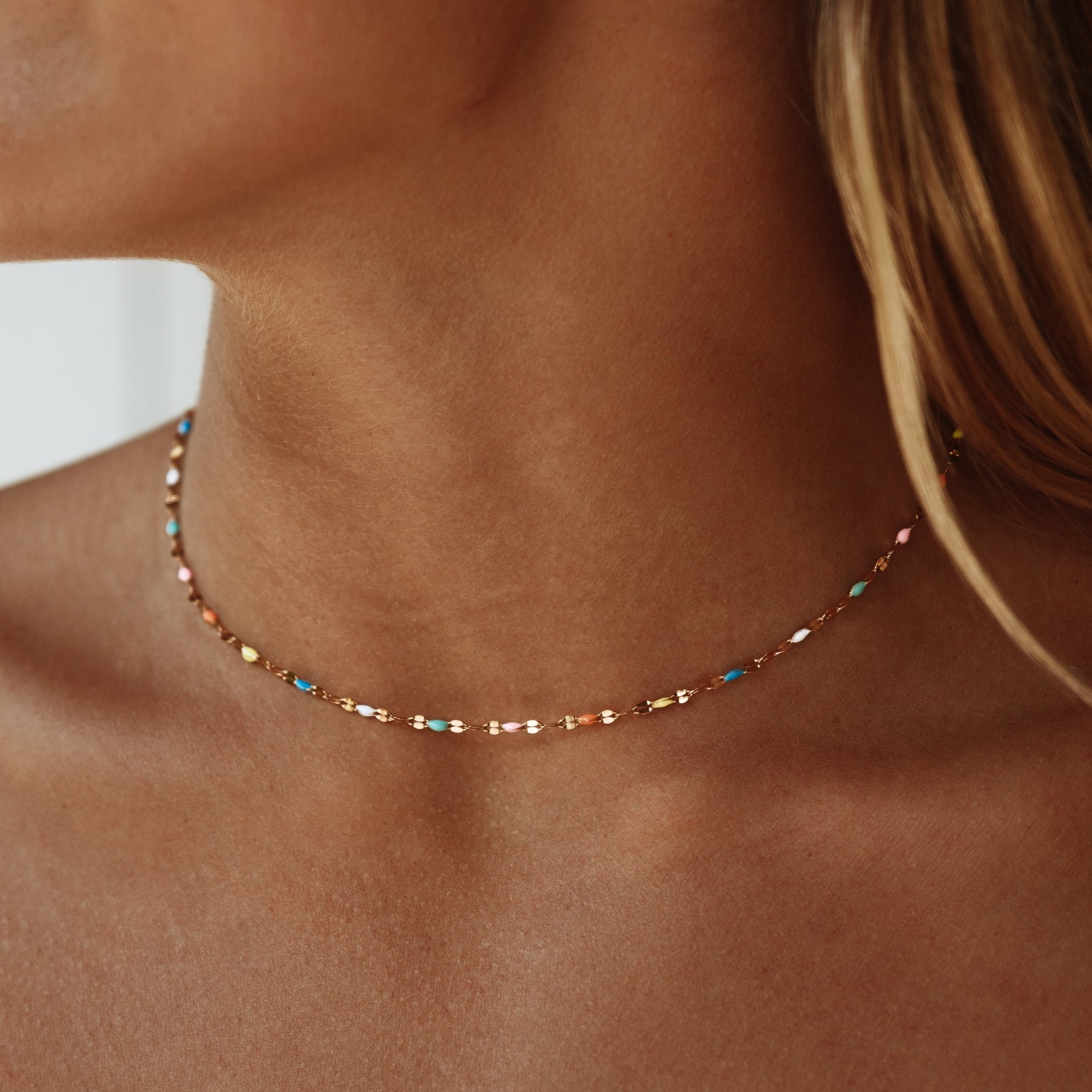

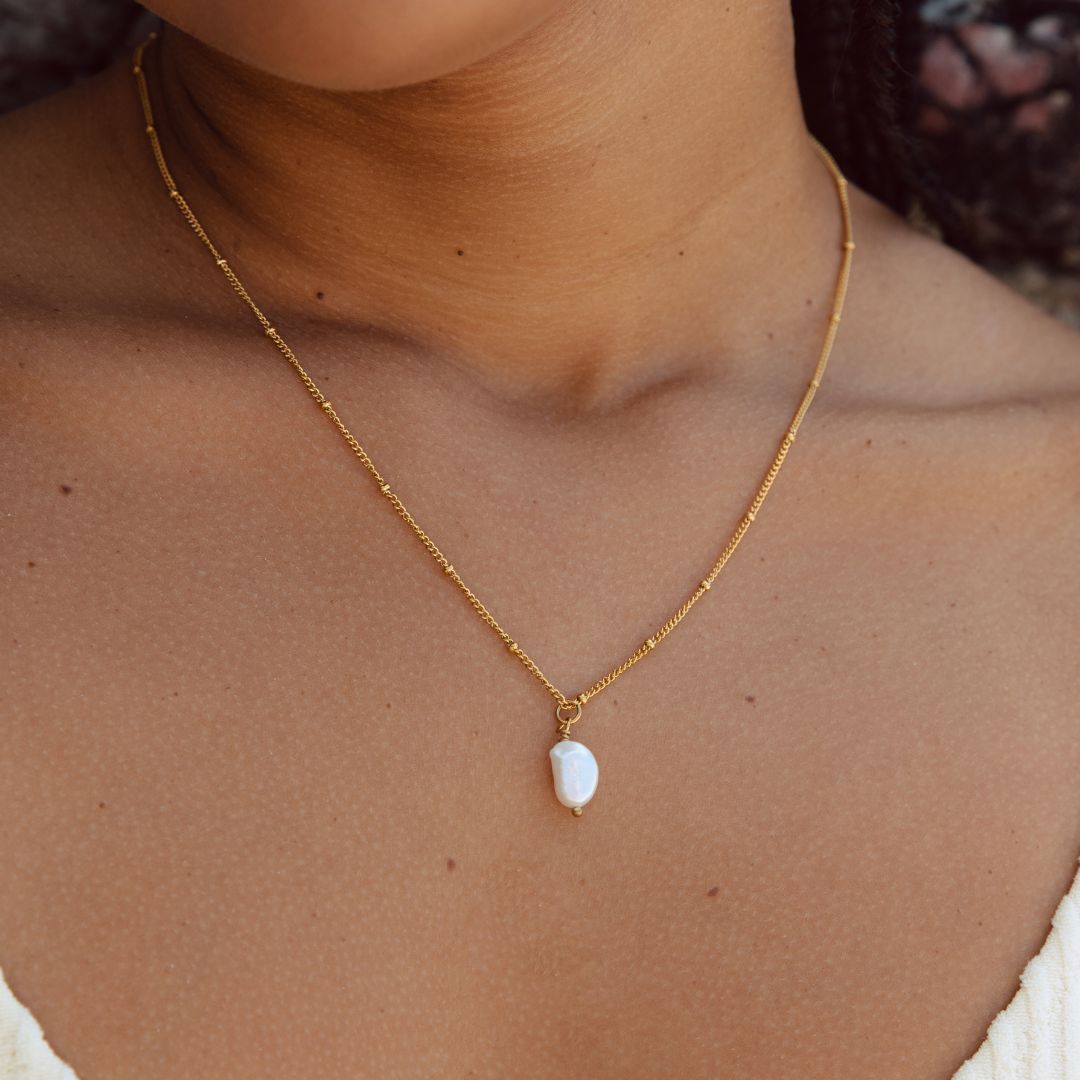


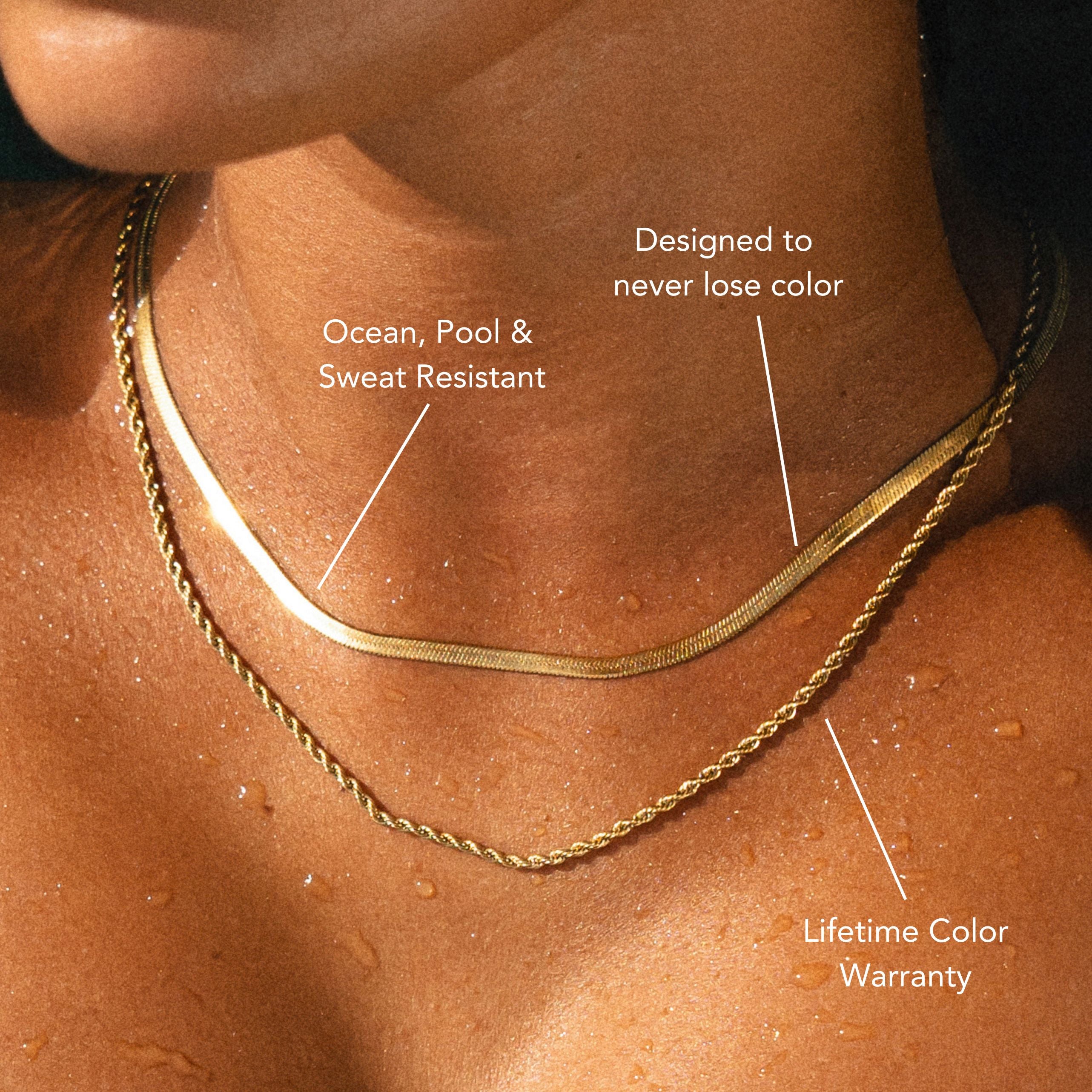


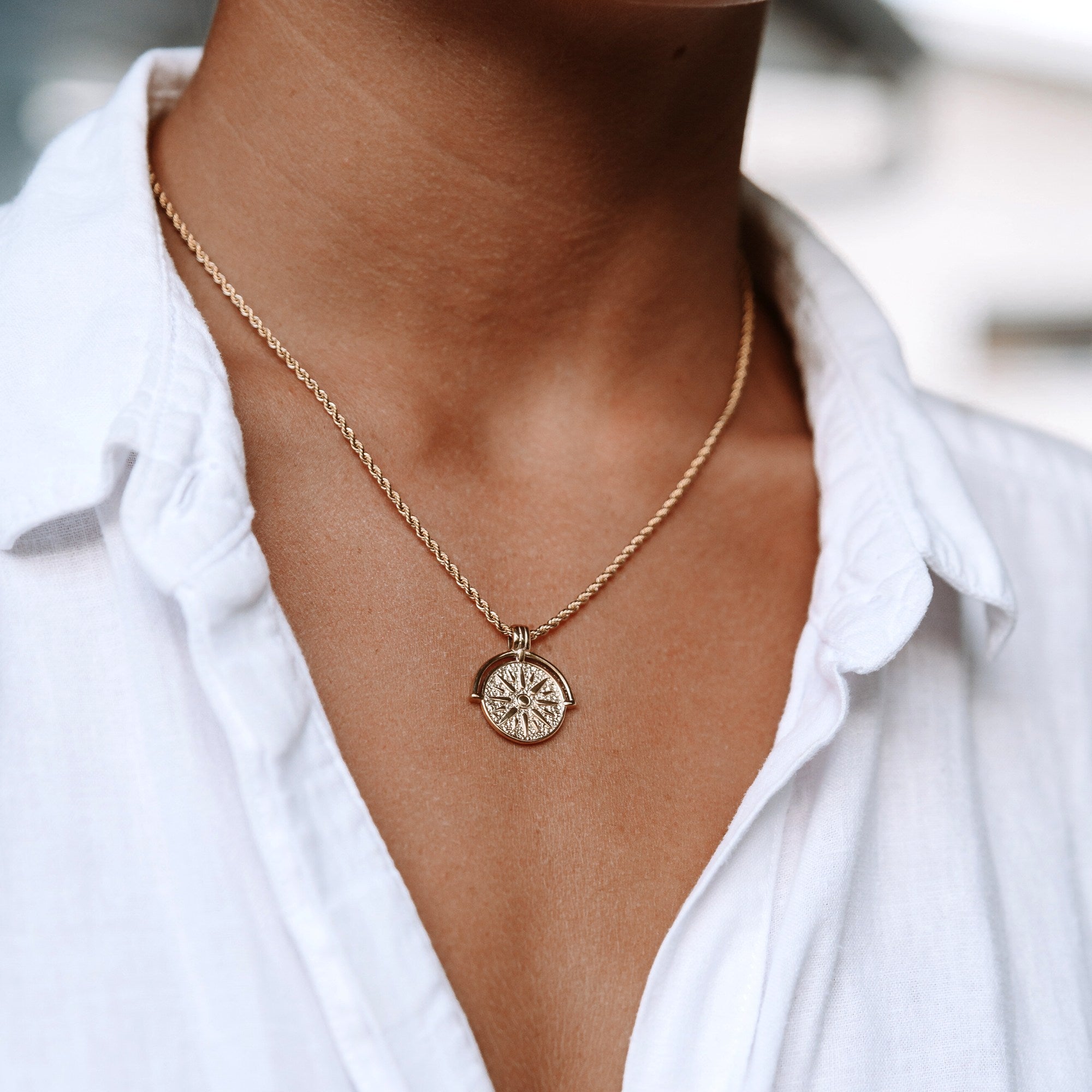
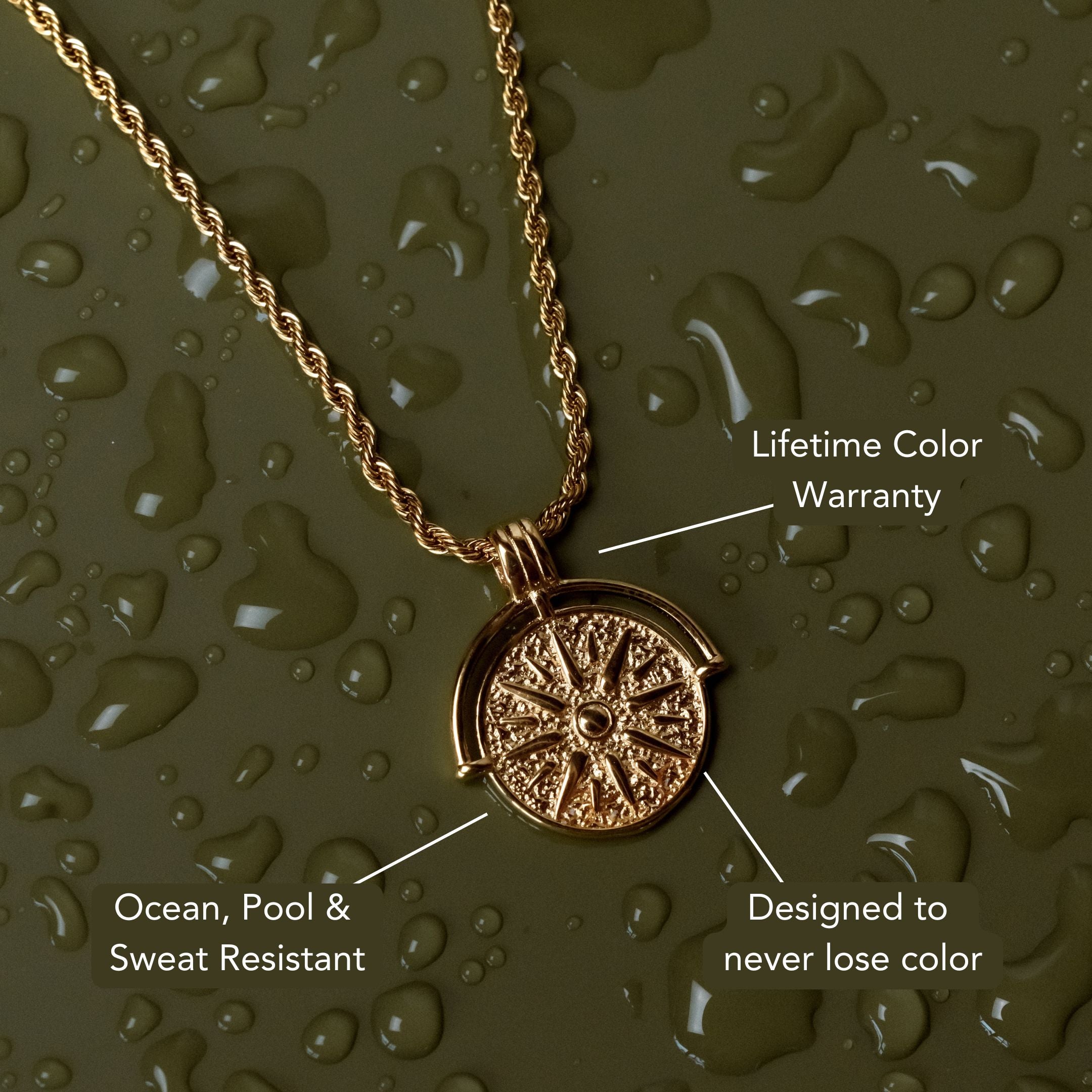
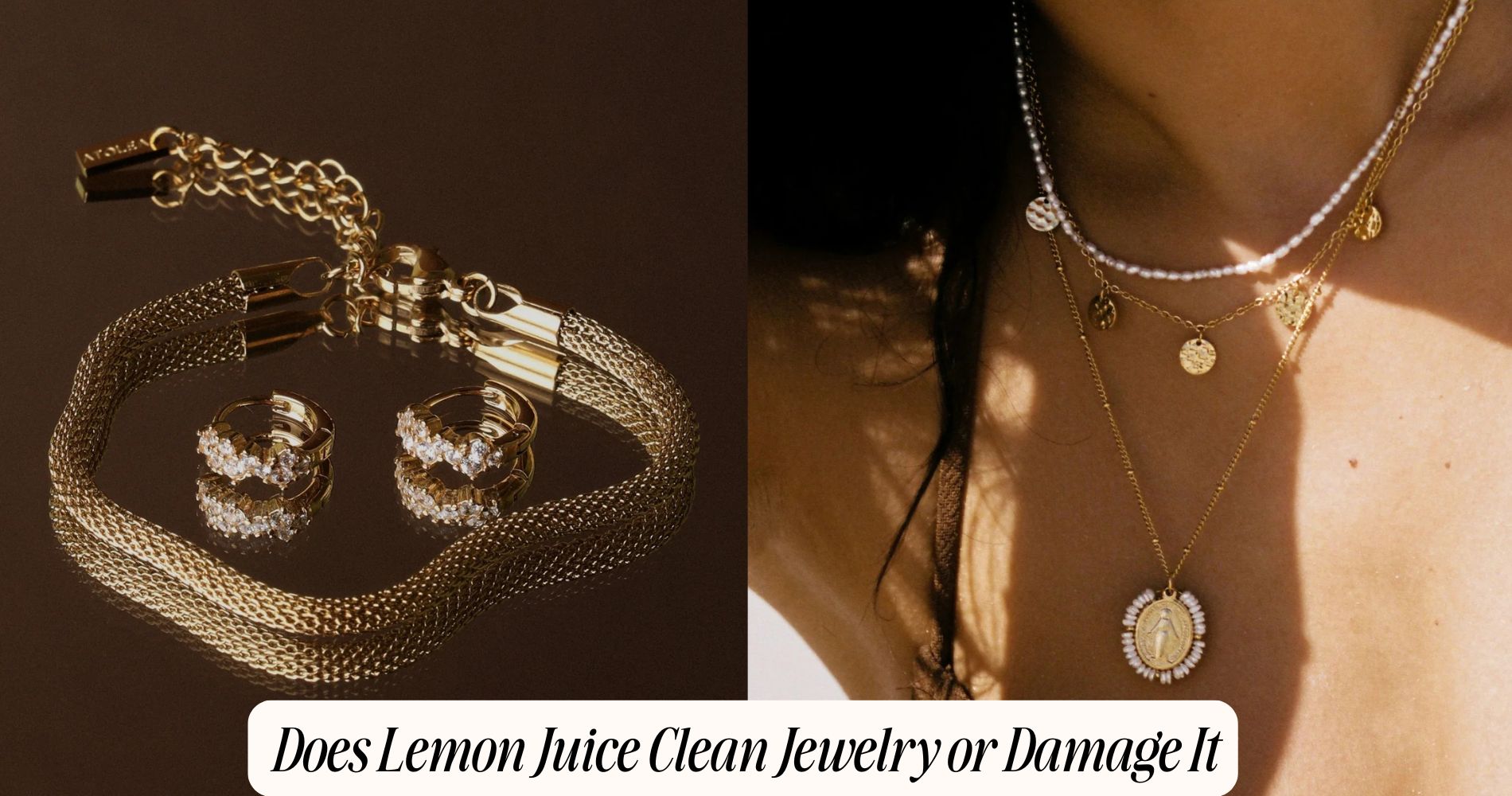
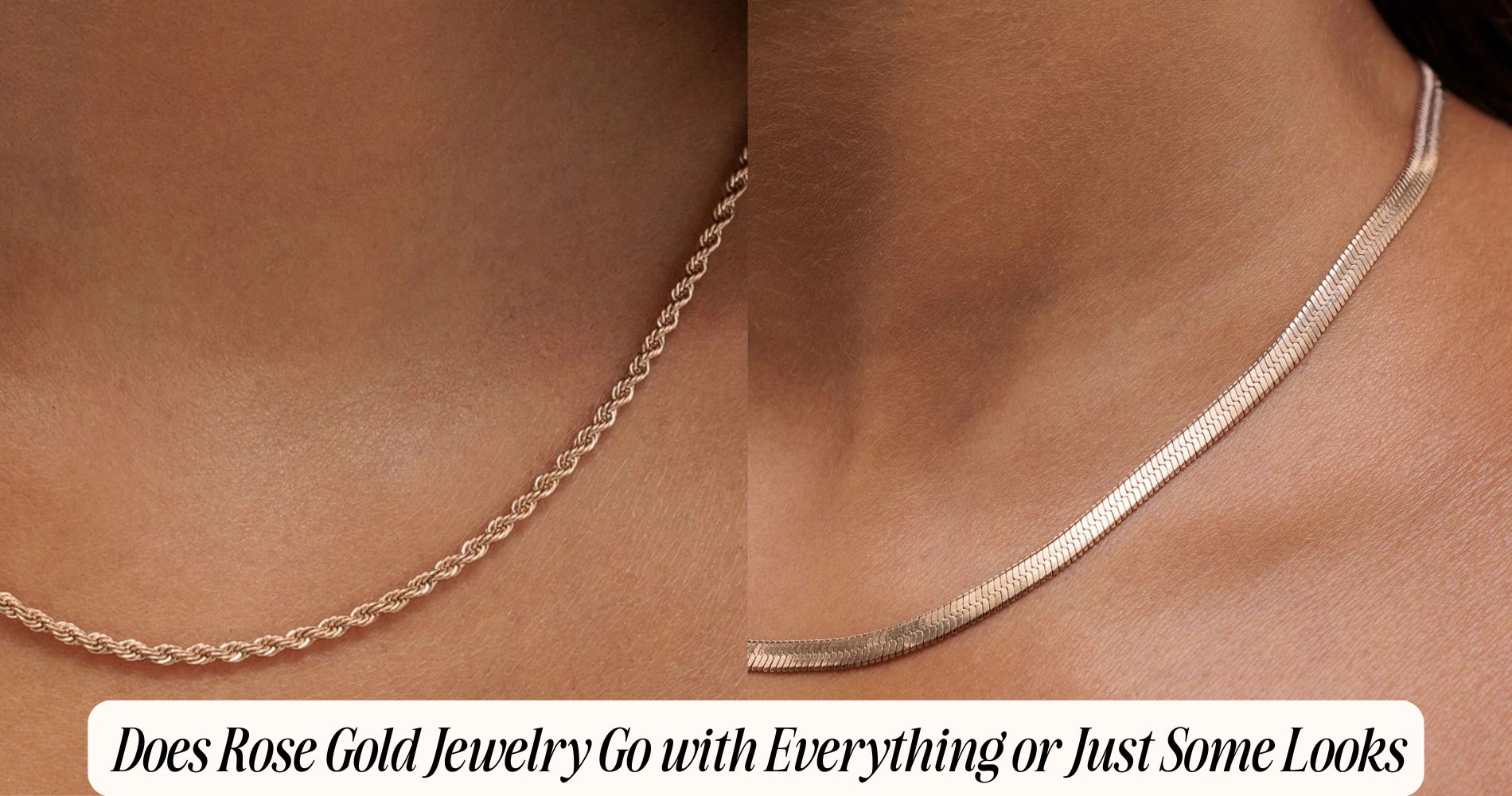




Leave a comment
This site is protected by hCaptcha and the hCaptcha Privacy Policy and Terms of Service apply.